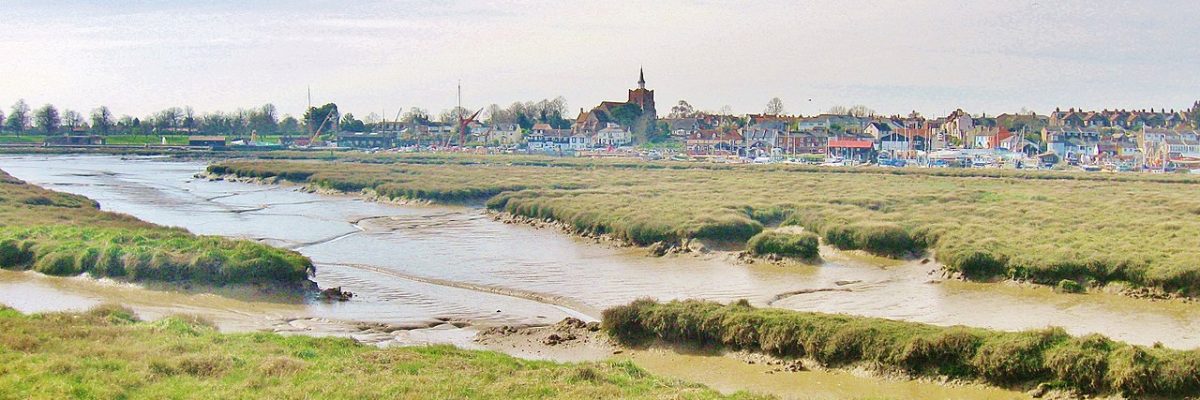Loughton
Loughton is a substantial town in the Epping Forest district of Essex, positioned where the London metropolis meets the ancient woodlands of the county. Its character has been directly shaped by these two powerful neighbours – the forest that hems it in and the city to which it is intrinsically linked. The town’s story is one of gradual, and then rapid, transformation from a quiet rural parish to a bustling, populous London suburb.
The settlement has ancient roots, with evidence of human activity stretching back to an Iron Age fort at Loughton Camp. For much of its existence, it was a small community, its growth dictated by the agricultural land and the forest. A key development was the improvement of the main road north from London in the 17th century, turning the route through the parish into a major coaching road. This brought more traffic and trade. However, the most profound change came with the arrival of the railway in 1856. This new connection made it practical for people to work in London while living amongst the woods and hills of Loughton, triggering a wave of development that established the town’s suburban identity.
Today, Loughton is a town of over 33,000 people, covering a large area that is clearly defined by its natural boundaries. To the west, the dense woodland of Epping Forest provides a dramatic and beautiful backdrop, accounting for about 1,500 acres of the parish. To the east, the landscape opens up into the green-belt fields of the Roding river valley. This geography has created a town with distinct districts. The area known as Old Loughton still contains some of the town’s oldest buildings, including the Grade II listed Lopping Hall, built in 1884 as a community hub. In contrast, the Debden estate to the east was a large-scale housing development built by the London County Council after the Second World War to accommodate London’s expanding population.
Modern Loughton is a place of considerable activity. It has two main town centres, Loughton High Road and The Broadway in Debden, which provide a wide range of shops, cafes, and restaurants. The town’s economy is supported by a number of significant local employers. The Bank of England Printing Works, located on the eastern edge of the town, is responsible for printing all of the United Kingdom’s banknotes. The construction firms Kier Group and Higgins also have a major presence.
Culturally, the town is home to the East 15 Acting School, part of the University of Essex, which attracts students from around the world. Transport links remain vital; the town is served by both Loughton station and Debden station on the London Underground’s Central Line, putting the centre of the capital within easy reach. This combination of major employment, educational institutions, and excellent transport connections underpins the town’s continued prominence in the region.

Nearby
Its immediate neighbours, with which it is most closely associated, are:
Buckhurst Hill: Located directly to the south, Buckhurst Hill is closely linked to Loughton. The two towns are contiguous, separated only by a few streets in places, and together they form part of the commuter belt into London.
Chigwell: To the east, Chigwell is another prominent neighbour. Loughton, Buckhurst Hill, and Chigwell are often referred to collectively as the “Essex Golden Triangle” due to the area’s affluence and desirability.
Debden: Technically a part of Loughton, Debden lies to the northeast and was developed as a post-war housing estate. It now includes a distinct commercial and residential area and its own Central Line station.
Other nearby towns and villages in the surrounding area include:
Theyden Bois: To the north, Theyden Bois is a more rural village with a Central Line station, offering a quieter, greener environment while maintaining strong links to Loughton.
Epping: Further to the north, Epping is a market town and the terminus of the Central Line. It shares historic and administrative ties with Loughton within the Epping Forest District.
Woodford: To the south, just across the Greater London boundary, the Woodford area (including Woodford Green and Woodford Bridge) lies within the London Borough of Redbridge.
Chingford: To the west, across Epping Forest, Chingford is a town within the London Borough of Waltham Forest. The forest itself acts as a natural boundary and recreational space between the two.
Loughton is served by two Central Line stations—Loughton and Debden—providing quick and direct access to central London. It also borders the ancient woodland of Epping Forest, which not only defines the town’s character but physically connects it to many of its neighbouring communities.
